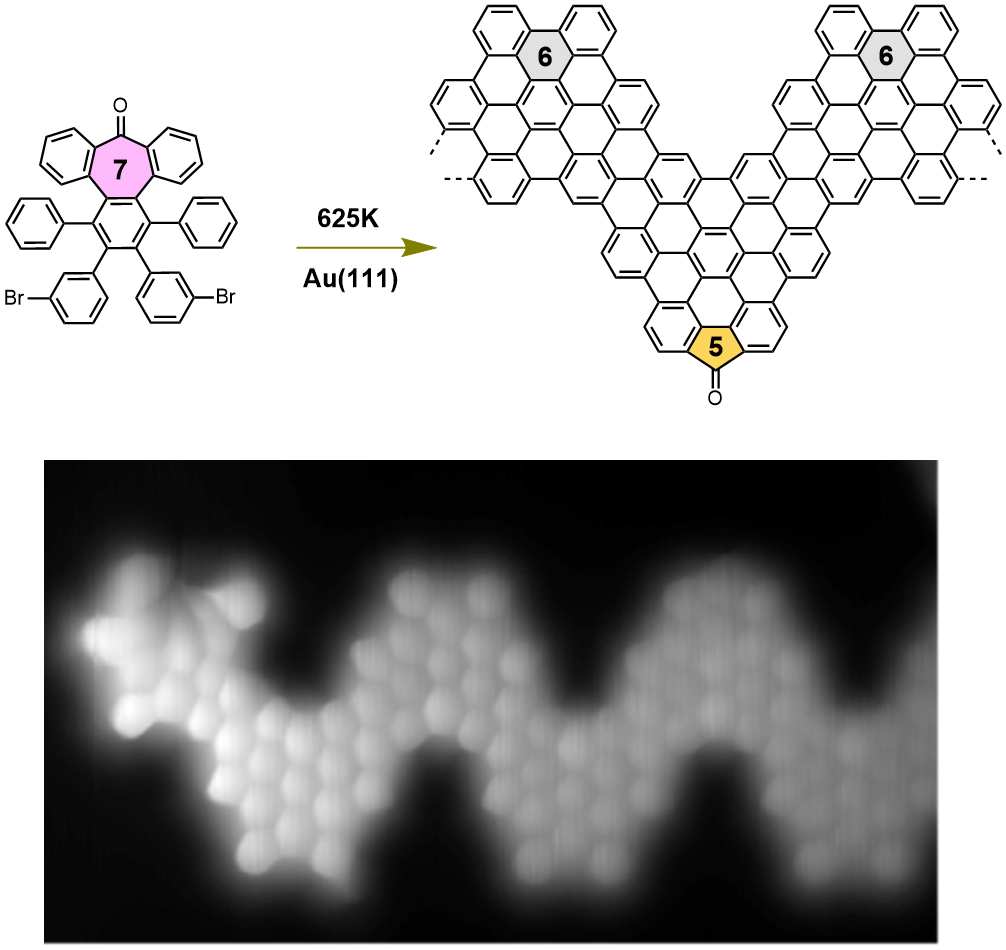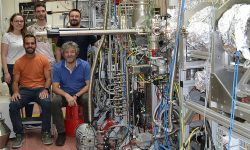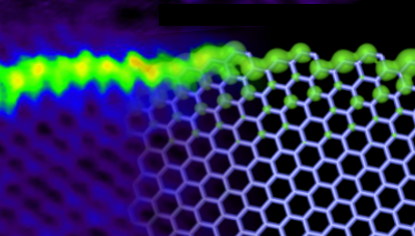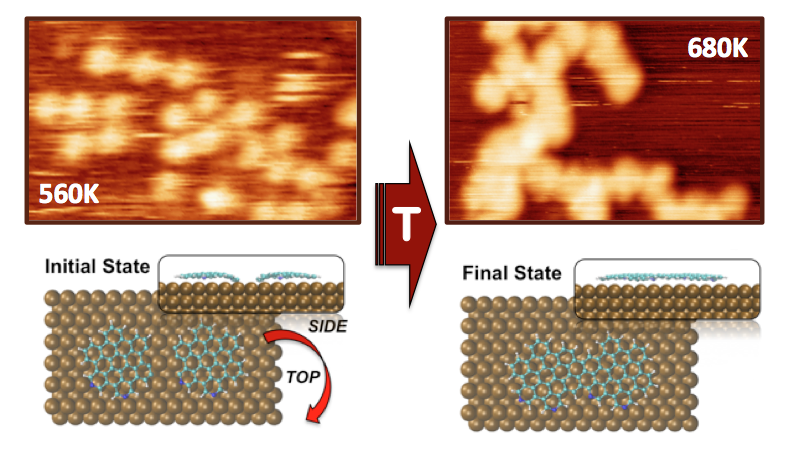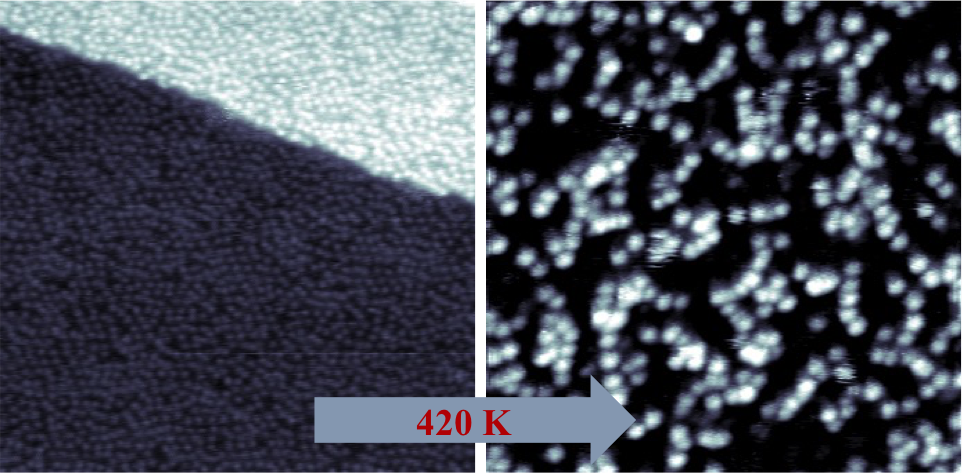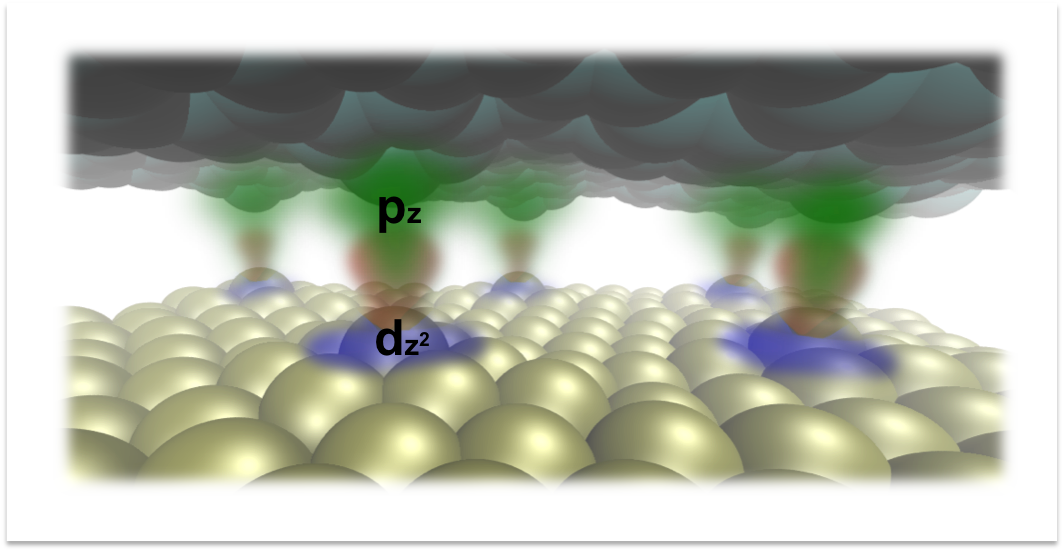The influence of reaction conditions on the growth of MOFs on surfaces
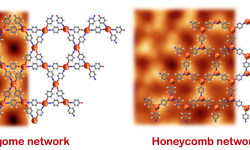
The importance of the reaction conditions has been confirmed in this study, where following an on-surface synthesis approach on the same surface and with the same precursor, two different metal-organic frameworks were obtained. The distinction comes from the different synthesis protocol of the controlled growth of both metal-organic nanostructures. Thus,…


